On the face of it, things couldn’t look much better for the booming ecommerce sector. Figures from accountancy firm BDO suggest online retail sales grew 18% last year, while the festive period saw online sales some 19% higher than in December 2015.

However, the next few years could present major challenges to the sector’s progress and consumer confidence. Retailers and logistics operators are under pressure to meet consumer demand for cost-effective and speedy delivery, but the lack of accessible land in high-population areas means they are struggling to find suitable sites for last-mile delivery.
In addition, the government’s target to build one million new homes by 2020 is putting even more pressure on available land and inevitably driving up density levels in high-demand areas.
This asks a big question of retailers and operators: how do they plan to get ‘stuff’ promptly and smoothly to customers in areas earmarked for housing expansion?
This confluence of issues places an onus on local planning authorities (LPAs) to account for demand within planning policy and local development frameworks (LDFs).
A more joined-up approach to masterplanning resi expansion is required that treats logistics as essential infrastructure
Currently, local authority planning policy is typically adopting a de facto presumption in favour of housing and treating employment land allocations separately, if at all. A more joined-up approach to masterplanning residential expansion is required that treats logistics as essential infrastructure.
Including logistics as part of the overall masterplan will provide a more intelligent and responsive service for urban areas, addressing consumer demand for quick and certain product delivery, while tackling key environmental issues such as noise, air quality and congestion.
Consolidation of uses
Facilities closer to urban areas will reduce the burden on local highway networks, enabling logistics operators to switch to light commercial vehicles to complete final-leg delivery and service click & collect stations.
Tackling the perception that residential and logistics do not mix is crucial. Considering scale in the design of inner-city logistics sites will make them more appropriate for positioning next to residential developments and therefore easier to integrate into mixed- and multi-use masterplans.
We also believe that consolidation of uses - such as incorporating click & collect or flexible facilities that can be used by multiple users - will help maximise the value of a site and create economic benefits for landowners and developers looking to diversify their portfolios. In London, we are already seeing high-density multi-storey residential schemes with ground-floor logistics and retail.

To fully realise the efficiencies of grouping residential and logistics together, we ultimately need buy-in from local authorities.
We need to demonstrate to LPAs the importance of logistics to employment and the economy, and ensure they are aware of what 21st-century residential buyers expect. We need to advise LPAs on what the parameters of such facilities need to be so they are supportive of the requirement and can integrate them into planning policy and LDFs while introducing an element of appropriate control.
Perhaps then consumer cries of ‘where’s my stuff?’ can be banished to the past.

























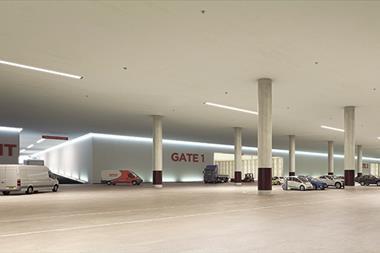
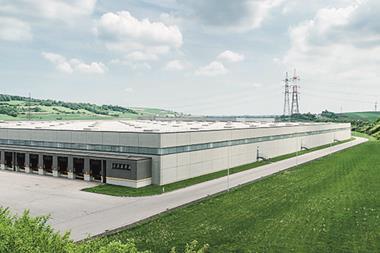
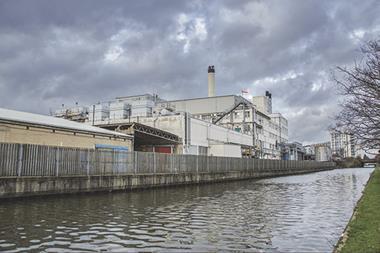
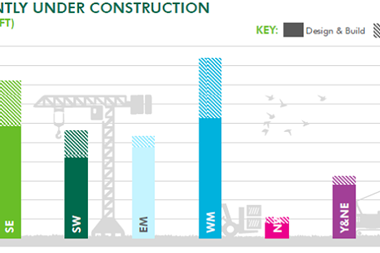
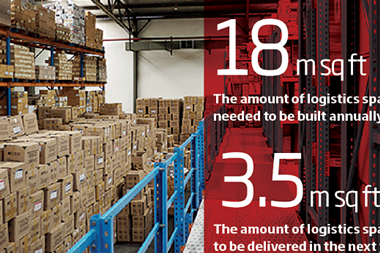

No comments yet